Lindville
Houses within 5km of this house
Displaying 12 houses.
Houses within 5km of Lindville
Displaying 12 houses.
| House name | Description | |
|---|---|---|
| Ballycurkeen | The home of James Manderville in the mid 19th century, held from James F. O'Ryan and valued at £19+. Ballycurkeen was still a Mandeville home in the early 1940s when Frank Mandeville was recorded as resident. The Irish Tourist Association surveyor also writes that Ballycurkeen was the residence of John O'Mahony, a Fenian leader in 1848. This house is still a family home. |

|
| Ballydine | The Mandevilles were situated at Ballydine from the 14th century. Ballydine Castle was sold to the Earl of Clonmel in 1781 and members of the Power family lived there in the first half of the 19th century, William Power in 1814 and James Power in the early 1850s. The Powers and the Mandevilles were related. A lithograph of the house is included in the Power sale rental of 4 November 1853. ''Burke's Irish Family Records'' records Frank Hackett Mandeville (1841-1905) as the last family member to live at Ballydine. He was Member of Parliament for mid Tipperary 1892-1900 and died at Ballydine Castle in 1905. Mary Lyons records the Landy family as resident from 1855-1901. | |
| Kilheffernan/Cottage | Thomas Ryan was the proprietor of Cottage, Clonmel, in 1814 and Lewis records T. Ryan of Cottage, parish of Killaloan. At the time of Griffith's Valuation Patrick Fennelly held the house valued at £10.13 shillings from Thomas Ryan. Altered over the years this house is still in use as a residence. |
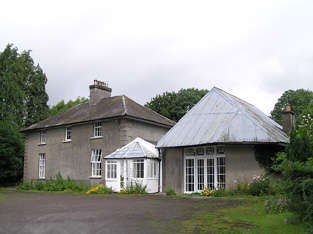
|
| Ballyknockane | Marked on the first Ordnance Survey map as Ballyknockane Cottage, valued at £21 and occupied by Walter Asper at the time of Griffith's Valuation. He held the property from the Marquess of Ormonde. In 1894 Slater noted it as part of the latter estate. This building no longer exists. | |
| Ballyboe | A house valued at £17+ in the mid 19th century when it was occupied by James O'Donnell and held from Lord Lismore. This house is still a family residence. |

|
| Ballyclohy | Leased from the Disney estate by James Moloney in 1850, when it was valued at £11 10s. | |
| Churchtown House (Dysert) | Leased from the Disney estate by James Connolly at the time of Griffith's Valuation, when it was valued at £25. In 1837 Lewis notes Churchtown as " the pleasant residence of John Power". In 1777, Charles Smith refers to it as the seat of Eccles Disney. The house is still extant. It was partially renovated in the early 21st century and in 2010 was offered for sale. |
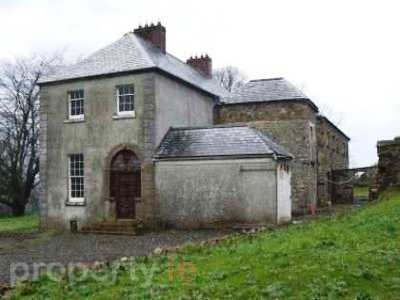
|
| Glen Lower (Dysert) | Leased by Patrick Hurley from John Congreve's estate at the time of Griffith's Valuation, when the buildings were valued at £11 10s. This appears to be the property known as Glen Castle House taking its name from castle ruins nearby. A house is still extant at the site. | |
| Glen Lodge (Glen Poer) | Labelled on the first edition Ordnance Survey Map as Glen Lodge and on the later 25-inch map as Glen Poer. Held by James Gallway from James Power at the time of Griffith's Valuation, when the buildings were valued at £19. In 1876 it is given as the address of Capt. Walter Mansfield. The 1943 ITA survey notes it as the residence of Mrs. Monsell [?]. Now in the possession of the Rosminian Order as a retreat house and known as Glencomeragh House. |
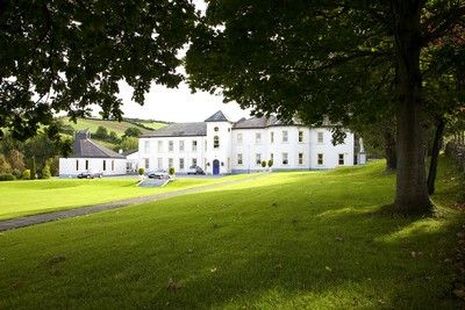
|
| Gurteen Le Poer/Gurteen House | Held in fee by John Power in 1850 when it was valued at over £96. In 1837 Lewis noted Gurteen as the seat of E. Power. Count Edmond de la Poer was the owner in 1894 and 1906 when the house was valued at £87. By the later nineteenth century it had come to be called Gurteen Le Poer, the name by which it is still known. |
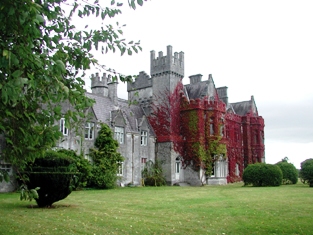
|
| Landscape House | John Congreve held Landscape in fee in 1850 when it was valued at almost £20. Lewis also refers to it as a seat of the Congreve family in 1837. However, by 1906 Congreve's buildings at Landscape were only valued at £2. Landscape House is still extant and occupied. |
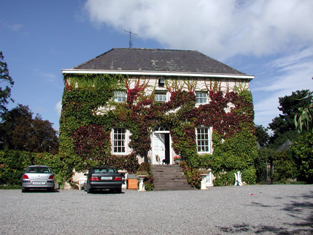
|
| Ballyglasheen | This house is not marked on the first edition Ordnance Survey map. The Inventory of Irish Architecture dates this house circa 1870. It was occupied in the 1870s by John Barnes. It is still extant and well maintained. |
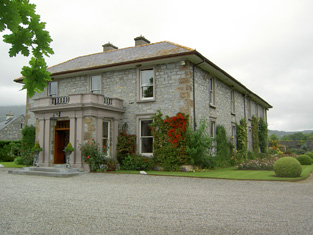
|

